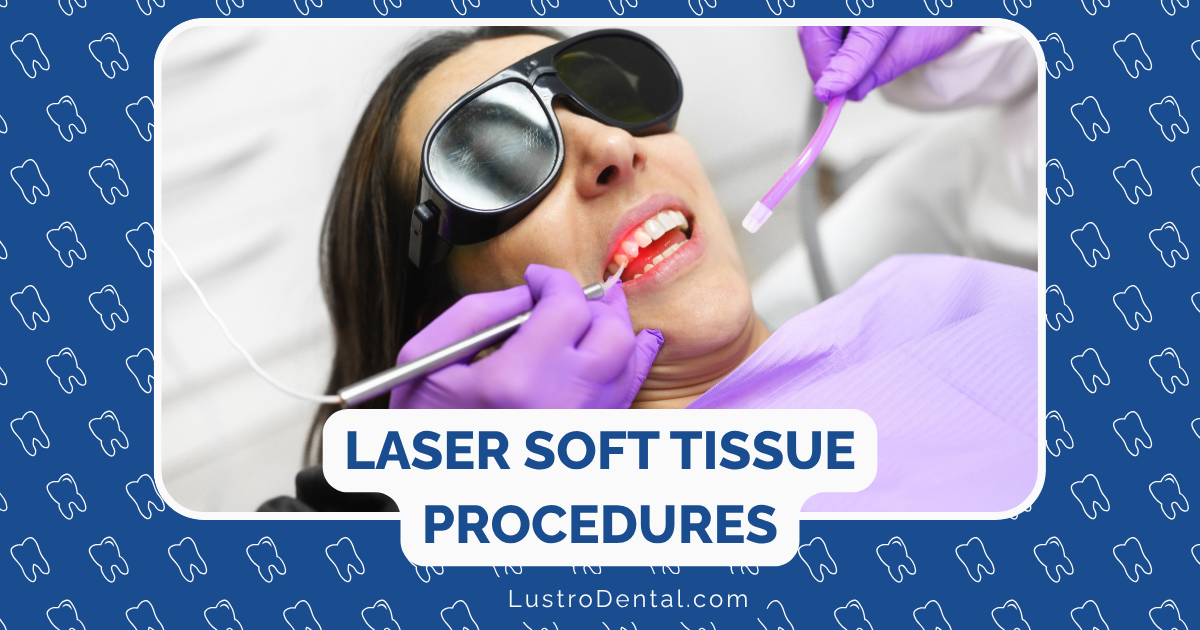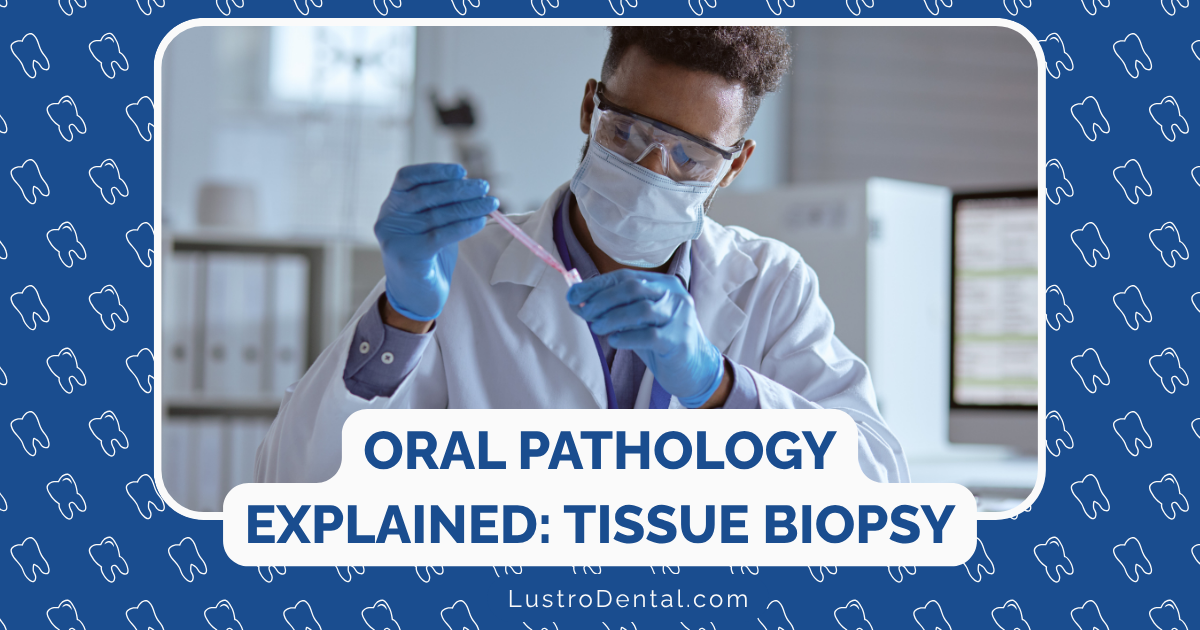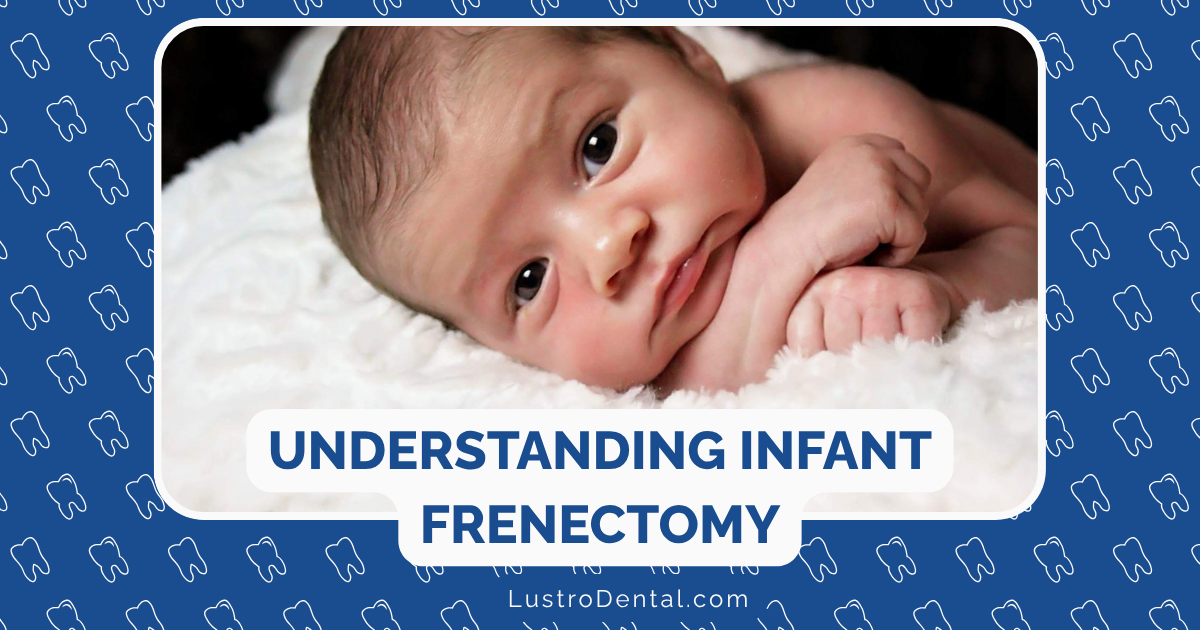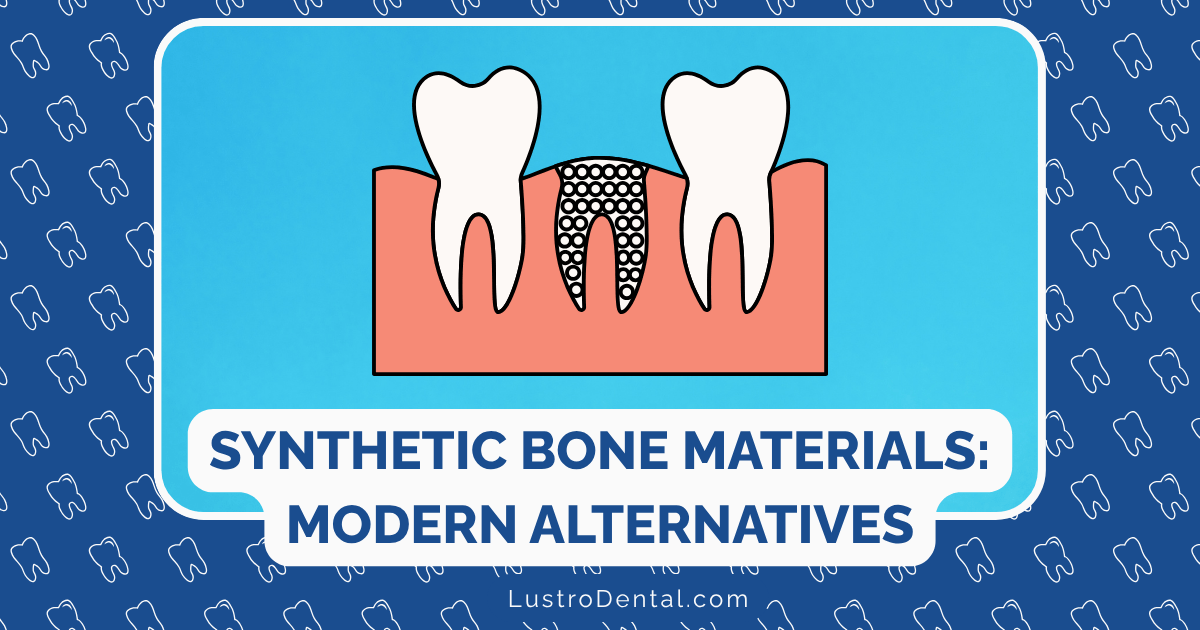The Healing Process After Bone Grafting: Timeline and Expectations
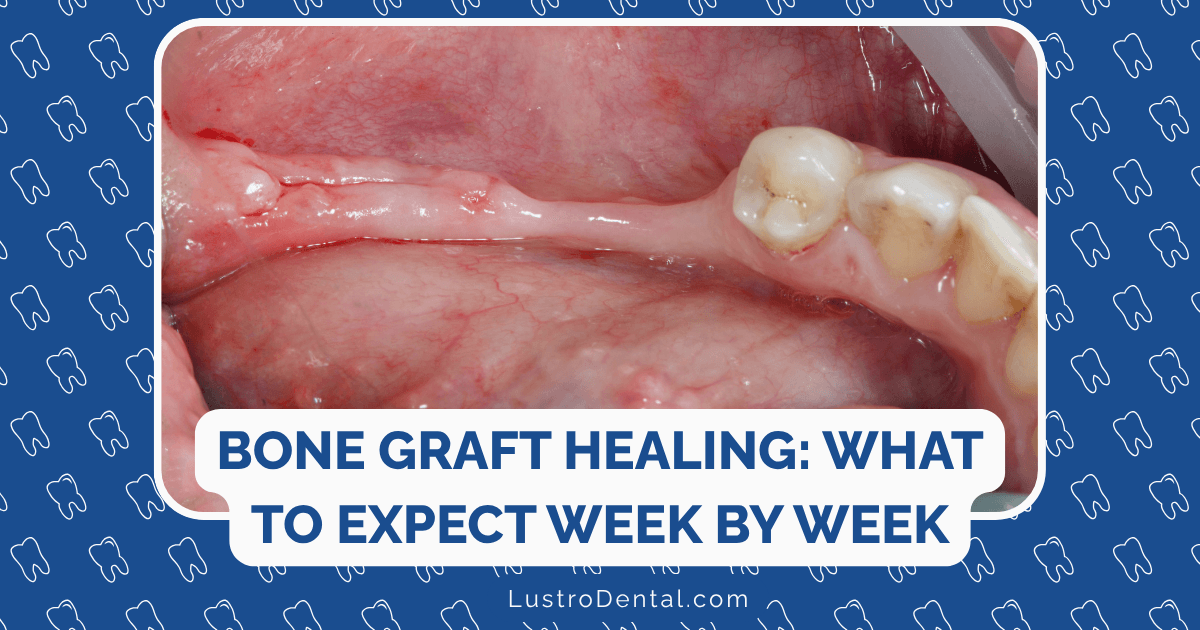
When David came in for his two-week follow-up appointment after his dental bone graft, his first question was, “Is it supposed to still feel like this?” He was concerned about some lingering discomfort and the small granules he occasionally found in his mouth. Like many patients, David was unsure what “normal” healing looked like after a bone graft procedure.
If you’re planning to undergo a bone graft or have recently had one, you might share David’s uncertainty. The healing process after bone grafting follows a predictable pattern, but understanding this timeline can help ease anxiety and ensure you know what to expect at each stage.
In this comprehensive guide, we’ll walk through the entire bone graft healing process—from the day of surgery through complete integration—explaining what’s happening beneath the surface and what you should expect along the way.
Understanding Bone Grafting: A Brief Overview
Before diving into the healing timeline, let’s briefly understand what a bone graft is and why it’s performed.
A dental bone graft is a surgical procedure that adds volume and density to areas of the jawbone that have deteriorated. The graft material serves as a scaffold upon which your body can develop new bone, essentially “growing” bone where it’s needed.
Common reasons for needing a bone graft include:
- Preparation for dental implants
- After tooth extraction to preserve socket dimensions
- Repair of bone loss from periodontal disease
- Reconstruction following trauma or pathology
- Correction of developmental defects
According to the American Academy of Periodontology, approximately 50% of dental implant procedures require some form of bone augmentation. The success of these procedures depends heavily on proper healing of the graft material.
The Biological Process: How Bone Grafts Heal
To understand the healing timeline, it helps to know what’s happening at the cellular level. Bone healing follows a remarkable biological sequence:
1. Inflammation and Blood Clot Formation
Immediately after surgery, your body initiates an inflammatory response. Blood vessels dilate, bringing essential cells to the area. A blood clot forms, creating a foundation for healing and protecting the surgical site.
2. Angiogenesis (New Blood Vessel Formation)
Within days, new blood vessels begin to grow into the graft material. This process, called angiogenesis, is crucial for delivering oxygen, nutrients, and cells necessary for bone formation.
3. Migration of Bone-Forming Cells
Osteoblasts (bone-forming cells) and mesenchymal stem cells migrate to the graft site. These cells begin the process of new bone formation.
4. Osteoconduction and Osteoinduction
The graft material provides a framework (osteoconduction) for new bone growth. Some graft materials also contain proteins that actively stimulate bone formation (osteoinduction).
5. Remodeling and Maturation
Over months, the initial “woven bone” is gradually replaced by stronger, more organized “lamellar bone” through a process called remodeling.
Dr. Sarah Chen, a researcher at the National Institute of Dental and Craniofacial Research, explains: “Bone healing isn’t a single event but a continuous process. The timeline varies based on multiple factors, including the patient’s health, the type of graft material used, and the size of the defect being treated.”
The Healing Timeline: What to Expect at Each Stage
Let’s break down the typical healing process into distinct phases, explaining what’s happening biologically and what you’ll likely experience.
Phase 1: Immediate Post-Operative Period (Days 1-3)
What’s Happening Biologically:
- Blood clot formation and stabilization
- Initial inflammatory response
- Release of growth factors that signal healing
What You’ll Experience:
- Swelling (peaks at 48-72 hours)
- Discomfort or pain at both the graft site and any donor site (if using your own bone)
- Possible minor bleeding
- Restricted diet (soft foods, avoiding the surgical area)
Normal vs. Concerning Symptoms:
- Normal: Moderate swelling, discomfort managed with prescribed pain medication, minor bleeding that stops with gentle pressure
- Concerning: Severe pain not relieved by medication, excessive bleeding, fever above 101°F, severe swelling beyond the third day
Care Instructions:
- Take prescribed medications as directed
- Apply ice packs (20 minutes on, 20 minutes off) for the first 24-48 hours
- Rest with your head elevated
- Avoid rinsing, spitting, or using straws
- Follow dietary restrictions provided by your surgeon
Phase 2: Early Soft Tissue Healing (Days 4-14)
What’s Happening Biologically:
- Inflammation begins to subside
- Epithelial cells migrate to close the wound surface
- Early angiogenesis (blood vessel formation) begins
- Initial breakdown of some graft material as part of the remodeling process
What You’ll Experience:
- Decreasing swelling and discomfort
- Possible itching or tingling as nerves regenerate
- You may notice small graft particles in your mouth (particularly with particulate grafts)
- Gradual return to normal diet as comfort allows
Normal vs. Concerning Symptoms:
- Normal: Decreasing swelling and pain, some granules from the graft material in your mouth, mild sensitivity around the surgical site
- Concerning: Increasing pain after day 5, foul taste or odor, significant exposure of the graft material, persistent bleeding
Care Instructions:
- Begin gentle rinsing with prescribed or recommended mouth rinse
- Continue soft diet but gradually introduce more textured foods as comfort allows
- Maintain meticulous oral hygiene, carefully avoiding the surgical site
- Attend your follow-up appointment (typically scheduled 1-2 weeks after surgery)
Dr. James Wilson of Mayo Clinic notes: “The two-week mark is critical. By this point, the soft tissue should be largely healed over the graft site, protecting it from the oral environment. This soft tissue seal is essential for successful bone regeneration.”
Phase 3: Early Bone Formation (Weeks 2-6)
What’s Happening Biologically:
- Formation of granulation tissue (the precursor to bone)
- Significant angiogenesis throughout the graft
- Initial deposition of osteoid (unmineralized bone matrix)
- Beginning of mineralization process
- Gradual resorption of some graft materials
What You’ll Experience:
- Minimal discomfort (most patients are pain-free by this stage)
- The area may feel “different” or slightly firm under the gums
- Return to normal diet in most cases
- Surgical site appears largely healed on the surface
Normal vs. Concerning Symptoms:
- Normal: Slight firmness at the graft site, occasional small granules still present, minimal sensitivity
- Concerning: Graft exposure, persistent pain, significant recession or depression at the site
Care Instructions:
- Resume normal oral hygiene with caution around the surgical site
- Return to normal diet unless otherwise instructed
- Avoid smoking and limit alcohol consumption (both impair bone healing)
- Continue any prescribed supplements (calcium, vitamin D) if recommended
A study published in the Journal of Oral and Maxillofacial Surgery found that this early bone formation phase is particularly sensitive to patient behaviors. Smoking, for instance, can reduce bone formation by up to 40% during this critical period.
Phase 4: Bone Consolidation (Months 2-4)
What’s Happening Biologically:
- Significant mineralization of newly formed bone
- Continued resorption of graft material
- Formation of woven bone throughout the graft site
- Beginning of the remodeling process
What You’ll Experience:
- Site feels increasingly solid under the gums
- No discomfort under normal circumstances
- The area may still feel different from surrounding bone
- Radiographs (X-rays) begin to show evidence of new bone formation
Normal vs. Concerning Symptoms:
- Normal: Firm tissue at the graft site, no pain with pressure, gradual improvement in contour
- Concerning: Sudden change in appearance, new pain or swelling, mobility of the graft
Care Instructions:
- Maintain excellent oral hygiene
- Attend scheduled follow-up appointments
- Continue to avoid smoking and excessive alcohol
- Resume normal activities without restrictions in most cases
Phase 5: Maturation and Remodeling (Months 4-9+)
What’s Happening Biologically:
- Conversion of woven bone to stronger lamellar bone
- Remodeling in response to mechanical forces
- Final integration of remaining graft material
- Restoration of normal bone architecture
What You’ll Experience:
- Site feels similar to surrounding bone
- Full function without restrictions
- Radiographs show bone density approaching that of native bone
- Site is typically ready for the next phase of treatment (implant placement, etc.)
Normal vs. Concerning Symptoms:
- Normal: Stable bone volume, no symptoms, normal appearance on X-rays
- Concerning: Progressive bone loss, mobility of previously stable implants, pain with function
Care Instructions:
- Continue routine dental care
- Proceed with planned restorative treatment as advised
- Maintain healthy lifestyle habits that support bone health
Dr. Robert Johnson, an oral surgeon specializing in bone regeneration, explains: “The remodeling phase can continue for years after the graft is placed. Bone is a dynamic tissue that constantly adapts to the forces placed upon it. This is why loading the bone appropriately—whether through normal function or with dental implants—is important for maintaining its volume and density long-term.”
Factors That Influence Healing Time
While the timeline above represents a typical progression, several factors can accelerate or delay healing:
Patient-Related Factors
Age
Younger patients generally heal faster due to higher cellular activity and better blood supply. Research published in the International Journal of Oral and Maxillofacial Surgery suggests that healing rates can be up to 20% slower in patients over 65 compared to those under 40.
Overall Health
Systemic conditions affect bone healing significantly:
- Diabetes: Can delay healing by 30-40% when poorly controlled
- Osteoporosis: May reduce the quality of newly formed bone
- Autoimmune disorders: Often slow the healing process
- Nutritional deficiencies: Particularly vitamin D, calcium, and protein can impair bone formation
Medications
Several medications impact bone metabolism:
- Bisphosphonates: Can significantly alter bone remodeling
- Corticosteroids: May slow bone formation
- Immunosuppressants: Often delay healing
- Anticoagulants: May affect initial blood clot formation
Lifestyle Factors
- Smoking: Perhaps the most significant controllable factor, reducing healing capacity by 40-50%
- Alcohol consumption: Excessive use impairs bone cell function
- Nutrition: Inadequate protein or calcium intake limits building blocks for new bone
- Stress: Chronic stress elevates cortisol, which can inhibit bone formation
Surgical and Graft-Related Factors
Graft Material
Different materials have inherently different incorporation rates:
- Autografts (your own bone): Fastest integration (3-6 months)
- Allografts (human donor): Moderate integration time (4-8 months)
- Xenografts (animal-derived): Slower resorption and replacement (6-9+ months)
- Synthetic materials: Highly variable depending on composition (3-12+ months)
Defect Size and Location
- Larger defects require more time for complete healing
- Areas with better blood supply (anterior mandible) heal faster than areas with less vascularity (posterior maxilla)
- Weight-bearing areas may stimulate faster bone formation through mechanical signaling
Surgical Technique
- Tension-free closure promotes better wound healing
- Proper stabilization of the graft material accelerates integration
- Use of membranes and growth factors can enhance and accelerate bone formation
Optimizing Your Healing Process: Practical Tips
Based on clinical research and experience, here are evidence-based strategies to support optimal bone graft healing:
Nutritional Support
Research published in the Journal of Dental Research highlights the importance of specific nutrients for bone healing:
- Protein: Aim for 1.2-1.5g per kg of body weight daily during healing
- Calcium: 1000-1200mg daily (food sources preferred)
- Vitamin D: 1000-2000 IU daily (levels can be tested by your doctor)
- Vitamin C: 500-1000mg daily to support collagen formation
- Zinc: 15-30mg daily to support enzyme function in bone formation
Oral Hygiene Protocols
Maintaining a clean environment around the graft site is crucial:
- Use prescribed antimicrobial rinses as directed
- Brush carefully around (not on) the surgical site during early healing
- Resume normal brushing gradually as directed by your surgeon
- Consider using an ultrasoft toothbrush during the initial healing phase
Activity Modifications
Physical activity recommendations typically follow this progression:
- First 48 hours: Rest, minimal activity
- Days 3-7: Light walking, avoid exercise that elevates blood pressure
- Weeks 2-4: Gradual return to normal activities, avoiding direct impact to the surgical area
- After 4 weeks: Resume normal activities unless otherwise instructed
Follow-Up Care
Regular monitoring ensures proper healing:
- Attend all scheduled post-operative appointments
- Complete any recommended imaging studies
- Report any concerning symptoms promptly
- Follow the progressive treatment plan as outlined by your surgeon
Special Considerations for Different Types of Bone Grafts
The healing process varies somewhat depending on the specific type of bone graft procedure:
Socket Preservation Grafts
These grafts, placed immediately after tooth extraction, typically have the most predictable healing pattern. The existing socket walls provide excellent blood supply and containment for the graft material.
Timeline adjustments:
- Soft tissue closure occurs more rapidly (7-10 days)
- Early bone formation is accelerated due to the rich blood supply
- Overall maturation may be complete in 3-4 months for smaller sockets
Lateral Ridge Augmentation
When bone width is increased horizontally, the healing process requires careful management:
Timeline adjustments:
- Soft tissue healing is critical and may take 2-3 weeks
- Revascularization occurs from the existing bone base only
- Complete maturation typically requires 5-8 months
Sinus Lift Procedures
Grafts placed in the maxillary sinus to increase bone height have unique considerations:
Timeline adjustments:
- Initial healing focuses on membrane repair (2-3 weeks)
- Vascularization occurs more slowly due to fewer surrounding bone surfaces
- Complete maturation typically requires 6-9 months
- Larger volumes of graft material take longer to fully incorporate
Dr. Lisa Rodriguez of the American Academy of Implant Dentistry explains: “Each type of bone graft has its own healing signature. Understanding these differences helps us set appropriate expectations and plan the timing of subsequent procedures like implant placement.”
When to Contact Your Dental Professional
While some discomfort and swelling are normal parts of the healing process, certain symptoms warrant immediate attention:
Contact your provider immediately if you experience:
- Severe pain not controlled by prescribed medication
- Excessive bleeding that doesn’t stop with pressure
- Fever above 101°F or chills
- Significant swelling that worsens after 3-4 days
- Exposure of a significant portion of the graft material
- Sudden change in appearance of the surgical site
- Numbness that wasn’t present immediately after surgery
- Difficulty breathing or swallowing
David’s Journey: A Typical Healing Experience
Remember David from the beginning of our article? His experience illustrates a typical healing journey:
- Week 1: Experienced moderate swelling and discomfort, managed with prescribed medication
- Week 2: Noticed some small granules in his mouth, which his surgeon assured him was normal
- Week 6: Site was comfortable but still felt “different” than surrounding areas
- Month 4: Follow-up X-ray showed good bone formation, and he was cleared for implant placement
- Month 8: Implant successfully placed and eventually restored with a crown
“I wish I’d known what to expect at each stage,” David shared. “Once I understood that the small granules and the firm feeling were normal parts of the healing process, I felt much less anxious about my recovery.”
Conclusion: Patience and Partnership in the Healing Process
Bone graft healing is a remarkable biological process that transforms a simple scaffold into living, functional bone. Understanding the timeline and what to expect at each stage can help you navigate the recovery process with confidence.
Remember that while we’ve outlined typical timeframes, your individual healing may progress faster or slower based on your unique circumstances. The partnership between you and your dental professional is crucial—follow their specific instructions, attend follow-up appointments, and communicate any concerns promptly.
With proper care and patience, your bone graft can provide a strong foundation for dental implants or other restorative procedures, helping you regain function and confidence in your smile.
Have you experienced a bone grafting procedure? What was your healing process like? Share your experience in the comments below to help others on their journey.


